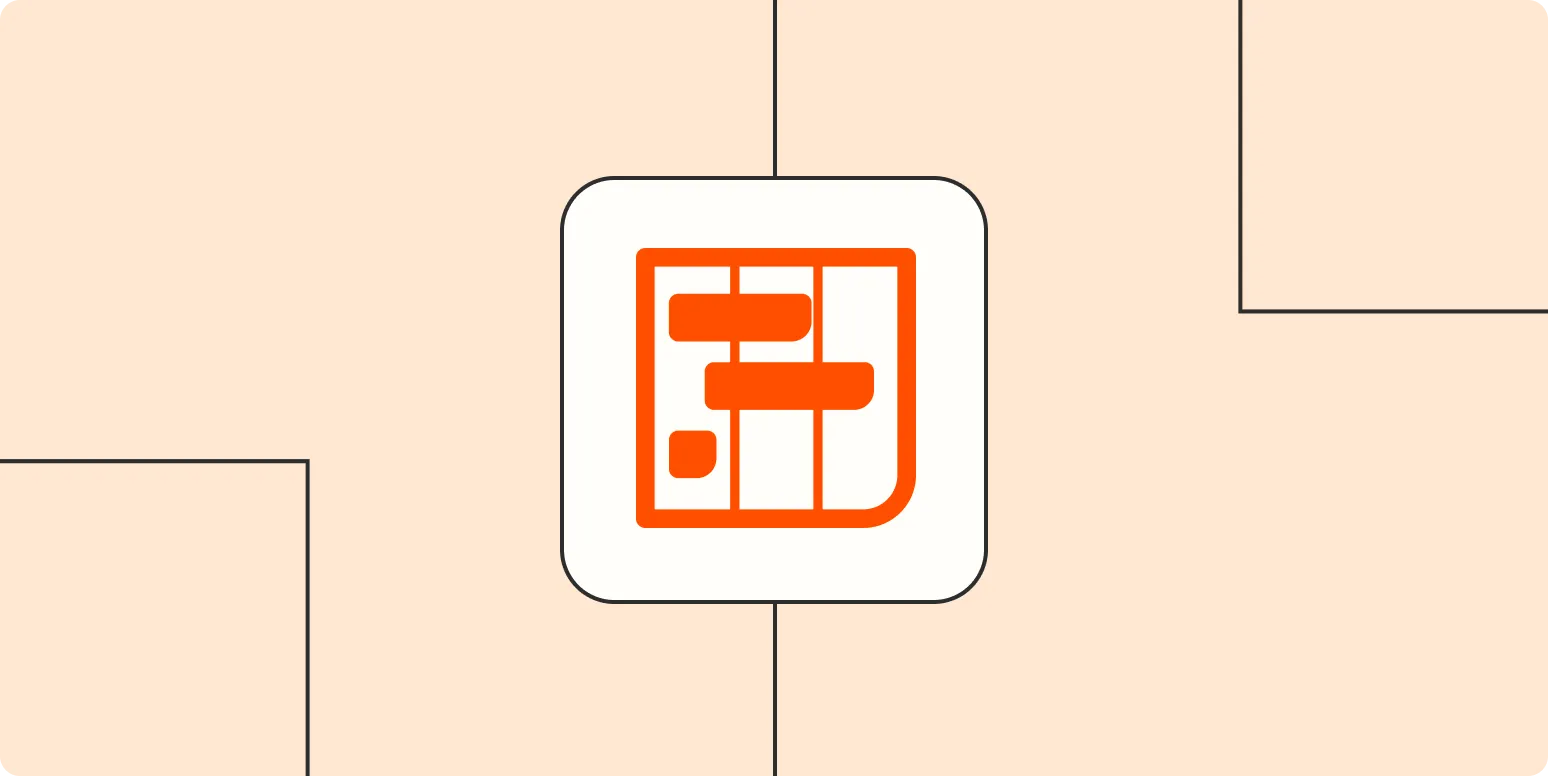Understanding Kanban
''Kanban'' is a visual project management methodology that focuses on continuous delivery without overburdening the team. Originating from Toyota's production system, it emphasizes visualizing work, limiting work in progress (WIP), and managing flow. In Kanban, tasks are represented on boards, often segmented into columns such as "To Do," "In Progress," and "Done." This visualization helps teams see the current state of work and identify bottlenecks effectively.
Understanding Scrum
''Scrum'' is an Agile framework that organizes work into fixed-length iterations known as ''sprints'', typically lasting two to four weeks. Each sprint begins with a planning session where the team decides what work can be completed. Daily stand-ups, sprint reviews, and retrospectives are integral to the Scrum process, promoting regular communication and continuous improvement. Scrum roles include the Product Owner, Scrum Master, and Development Team, each with distinct responsibilities.
Key Differences Between Kanban and Scrum
While both Kanban and Scrum fall under the umbrella of ''Agile methodologies'', they differ significantly in their approach and execution. Here’s a comparative chart to illustrate these differences:
| Aspect | Kanban | Scrum |
|---|---|---|
| Work Structure | Continuous flow | Fixed sprints |
| Roles | No defined roles | Defined roles (Product Owner, Scrum Master, Team) |
| Meetings | Minimal meetings, focus on flow | Regular ceremonies (Sprint Planning, Daily Stand-up, Sprint Review, Retrospective) |
| Work in Progress (WIP) | Limits WIP to improve flow | No WIP limits; work completed in sprints |
| Adaptability | Highly adaptable and flexible | Less flexible, changes are typically made during sprint planning |
When to Use Kanban
Kanban is particularly effective in environments where work is unpredictable or varies greatly, such as in ''support and maintenance teams''. Its flexibility allows teams to manage ongoing tasks and adapt to sudden changes without disrupting the workflow. If your team is overwhelmed by WIP or if you're looking to optimize flow, Kanban is the right choice. Additionally, Kanban is suitable for teams that prefer a less structured approach, allowing for continuous improvement and real-time adjustments.
When to Use Scrum
Scrum works best in projects where requirements may change rapidly, but there's a need for structure and predictability. Teams that can commit to delivering a set amount of work within a sprint will find ''Scrum'' advantageous. It fosters a sense of accountability and encourages collaboration among team members. If your organization has complex projects that require regular feedback and iterative development, adopting Scrum can enhance productivity and deliver higher-quality results.
Similarities Between Kanban and Scrum
Despite their differences, Kanban and Scrum share several core principles of ''Agile methodology''. Both prioritize customer satisfaction through early and continuous delivery of valuable software. They also emphasize collaboration, team accountability, and the importance of adapting to changing requirements. Additionally, both methodologies encourage a culture of continuous improvement, urging teams to reflect on their processes regularly and make necessary adjustments.
Which is Better: Kanban or Scrum?
The question of whether ''Kanban'' or ''Scrum'' is better depends largely on the specific needs and dynamics of your team. If your team thrives in a structured environment with defined roles and responsibilities, Scrum might be the better choice. Conversely, if your team benefits from flexibility and a focus on flow, Kanban could be more suitable.
Ultimately, the best approach may even be a hybrid of both methodologies, allowing teams to leverage the strengths of each. Many organizations have successfully adopted a ''Kanban-Scrum hybrid'' to cater to their unique workflows and team dynamics. The key is to assess your project requirements, team structure, and organizational goals before making a decision.
Conclusion
Both ''Kanban'' and ''Scrum'' offer valuable frameworks for managing projects and enhancing team collaboration. Understanding their differences, strengths, and weaknesses will empower you to make an informed choice that aligns with your team's needs. Whether you choose Kanban, Scrum, or a combination of both, embracing an Agile mindset will ultimately lead to improved productivity, enhanced customer satisfaction, and a more responsive organization.





